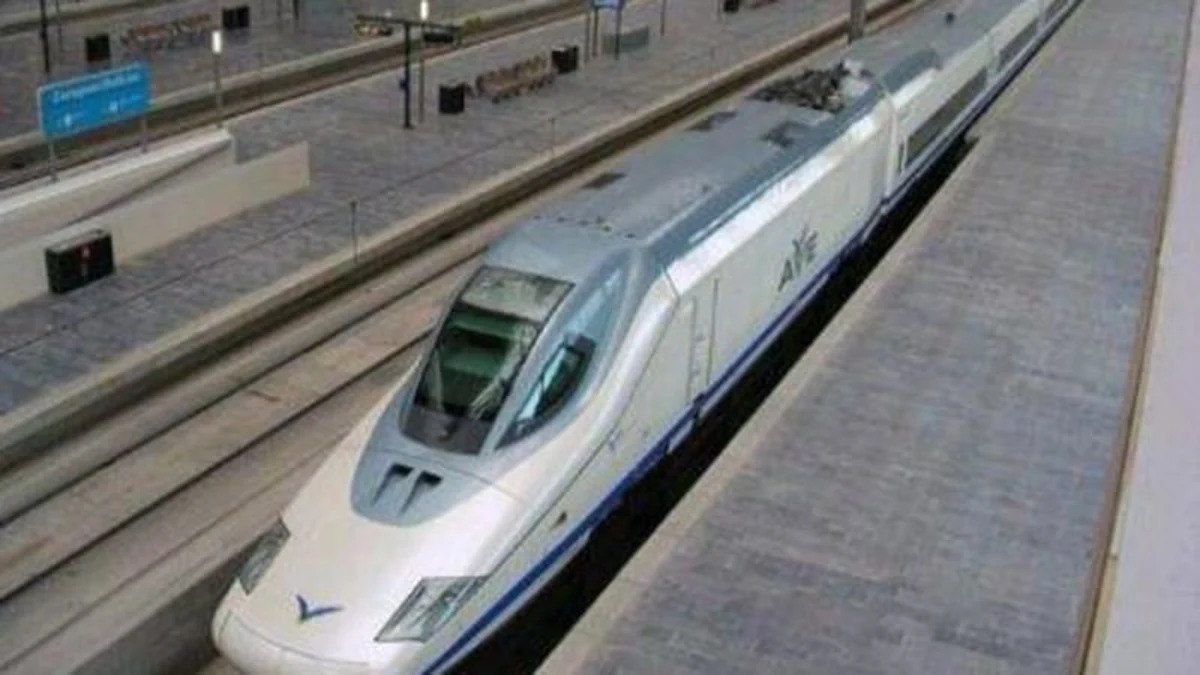I must admit I'm a great fan of high-speed trains: they're very comfortable, they're fast and they take and leave you in the center of the city of your choice (usually). Japanese bullet trains and European TGVs, ICEs and AVEs have returned dignity back to railway transport. But not everybody is happy about them.
As our readers pointed out, Spain is building an extensive network of high-speed trains, which is also being used to connect the Iberian Peninsula to the rest of Europe (the current track gauge used there is different than the standard European one). But some voices are being quite serious about the real cost of high speed trains.
First of all there's the construction work, which affects land usage: Spain needs to build additional tracks and can't refurbish the current ones because of the different track gauge. This increases the cost of the work, which is being diverted from conventional trains, like the ones you might use to go to work on a daily basis.
Then there's the question of where the electricity comes from. When a high speed train runs above 300 km/h (about 200 mph), it uses as much energy per person as a plane (or so its claimed in this article, which is in Spanish). Where does this electricity come from? France's source is obvious: nuclear energy, which is also exported to Germany and Spain, a country where also most of the electric power comes from gas, coal and oil plants.
What's your opinion on this?
[Source: Ecología y Desarrollo, Noticias cada día]
As our readers pointed out, Spain is building an extensive network of high-speed trains, which is also being used to connect the Iberian Peninsula to the rest of Europe (the current track gauge used there is different than the standard European one). But some voices are being quite serious about the real cost of high speed trains.
First of all there's the construction work, which affects land usage: Spain needs to build additional tracks and can't refurbish the current ones because of the different track gauge. This increases the cost of the work, which is being diverted from conventional trains, like the ones you might use to go to work on a daily basis.
Then there's the question of where the electricity comes from. When a high speed train runs above 300 km/h (about 200 mph), it uses as much energy per person as a plane (or so its claimed in this article, which is in Spanish). Where does this electricity come from? France's source is obvious: nuclear energy, which is also exported to Germany and Spain, a country where also most of the electric power comes from gas, coal and oil plants.
What's your opinion on this?
[Source: Ecología y Desarrollo, Noticias cada día]


Sign in to post
Please sign in to leave a comment.
Continue